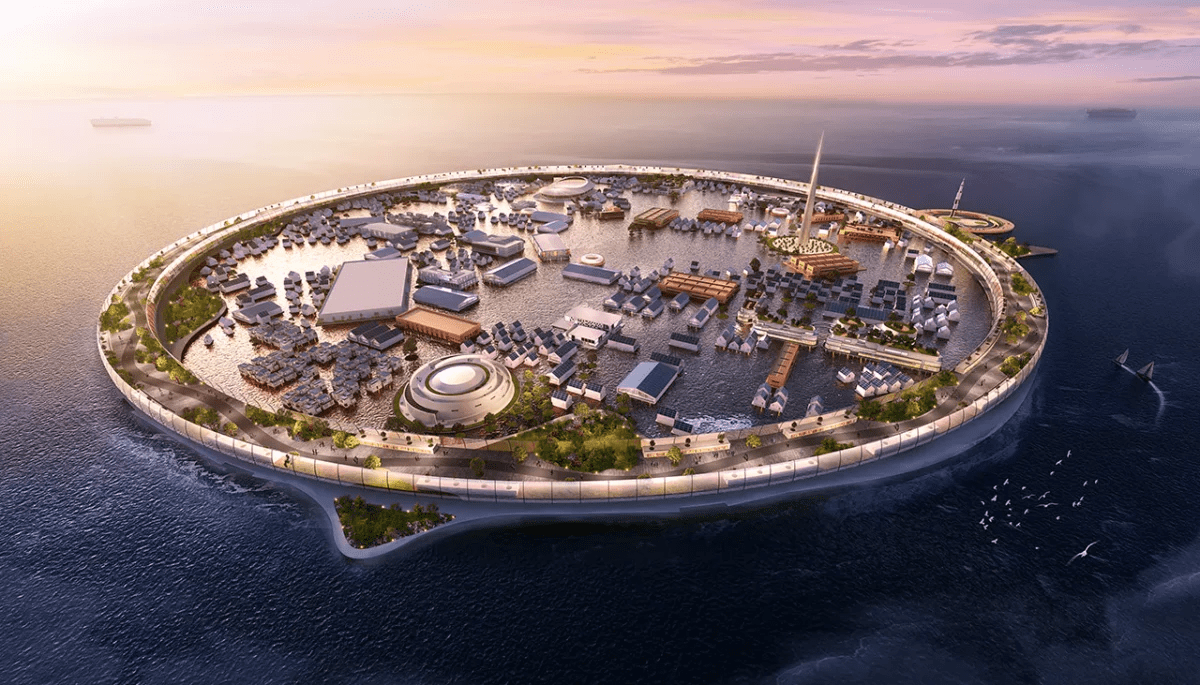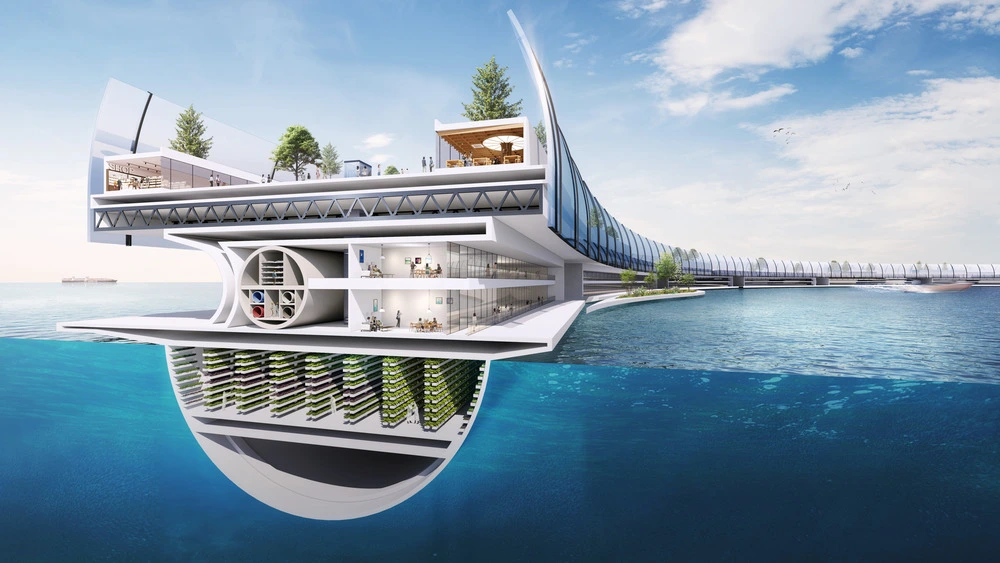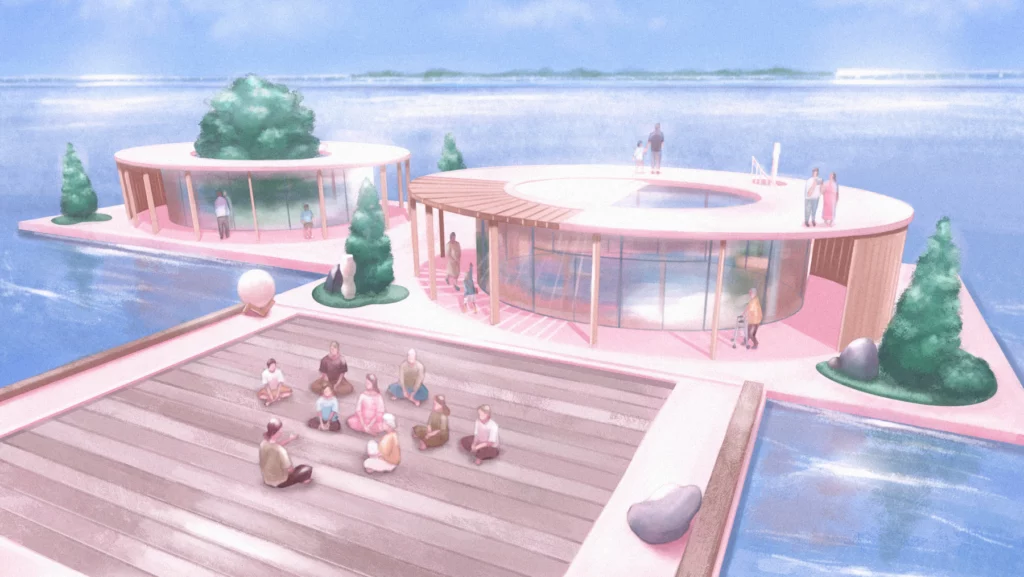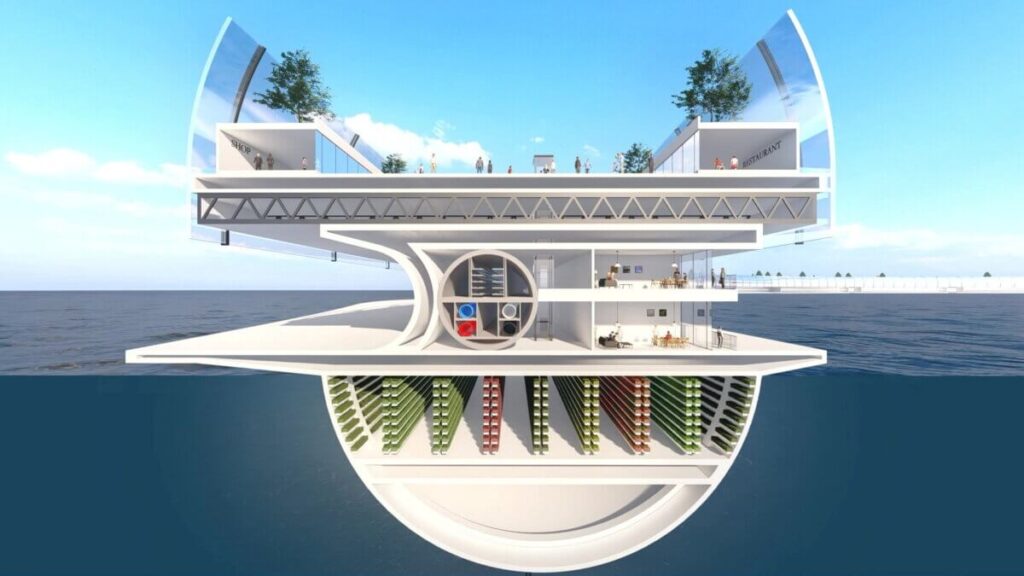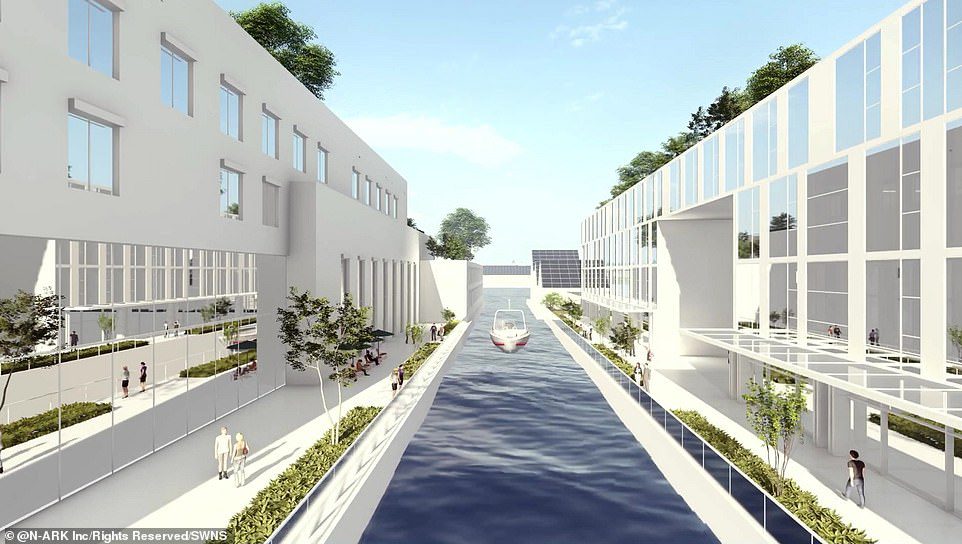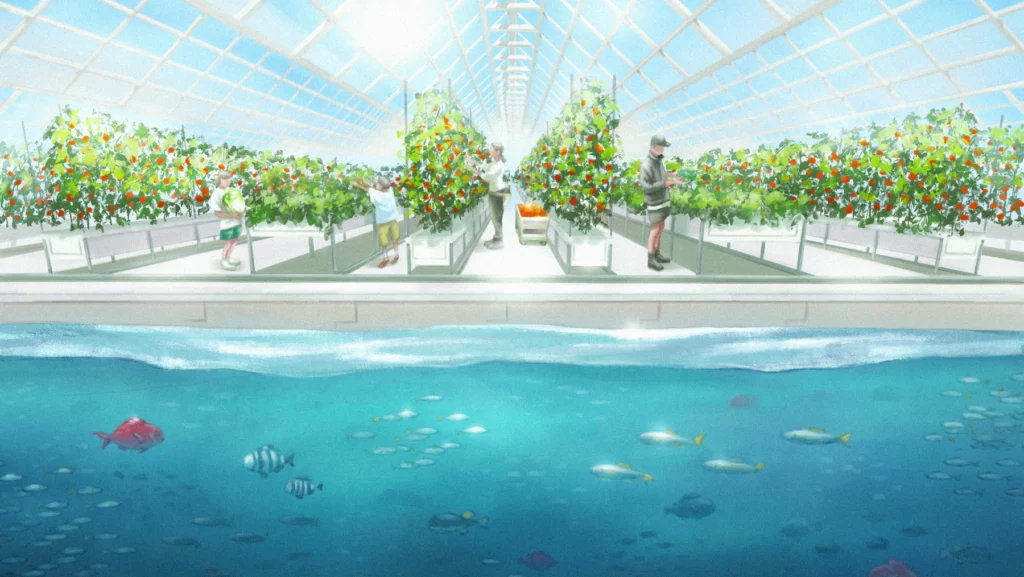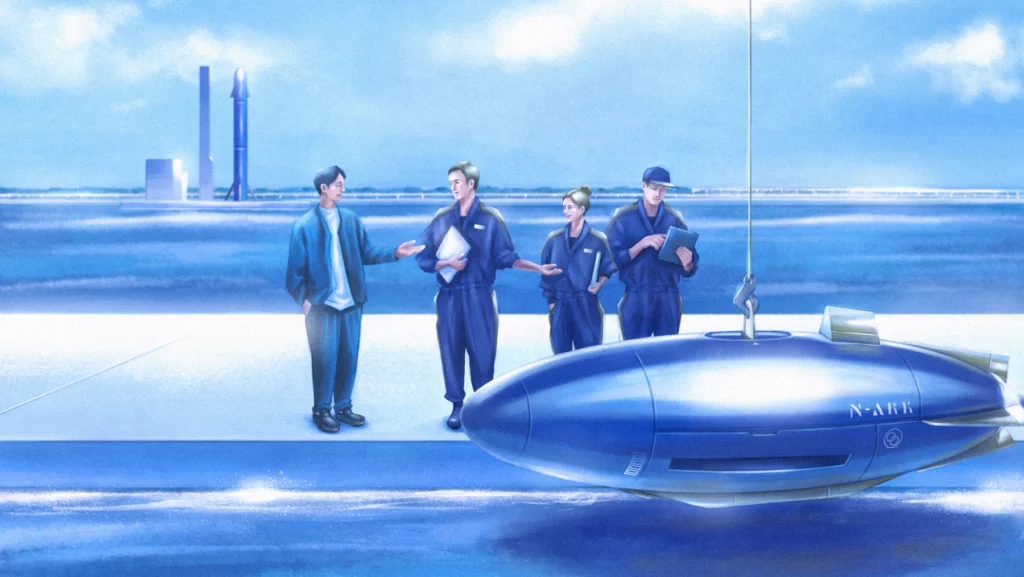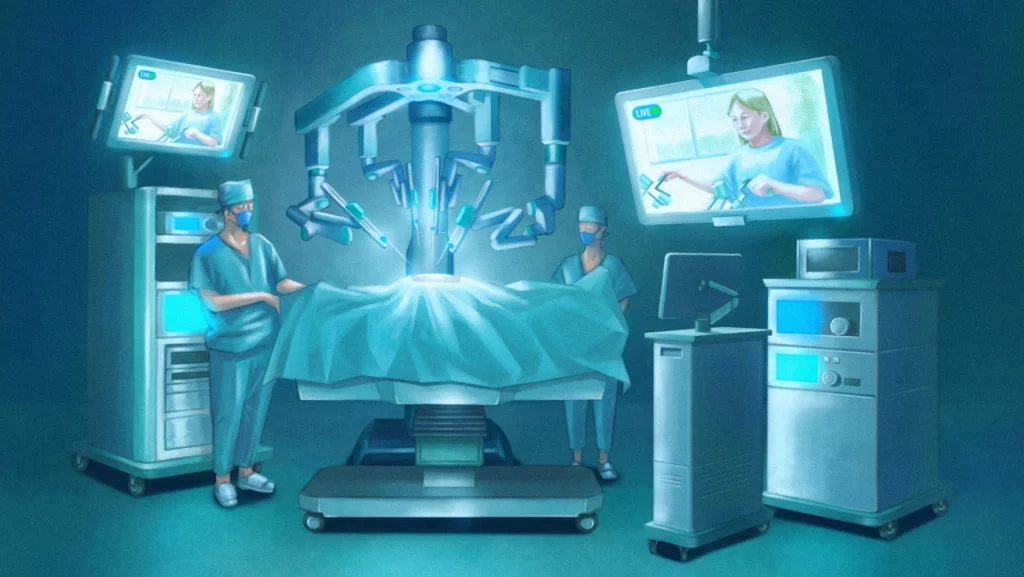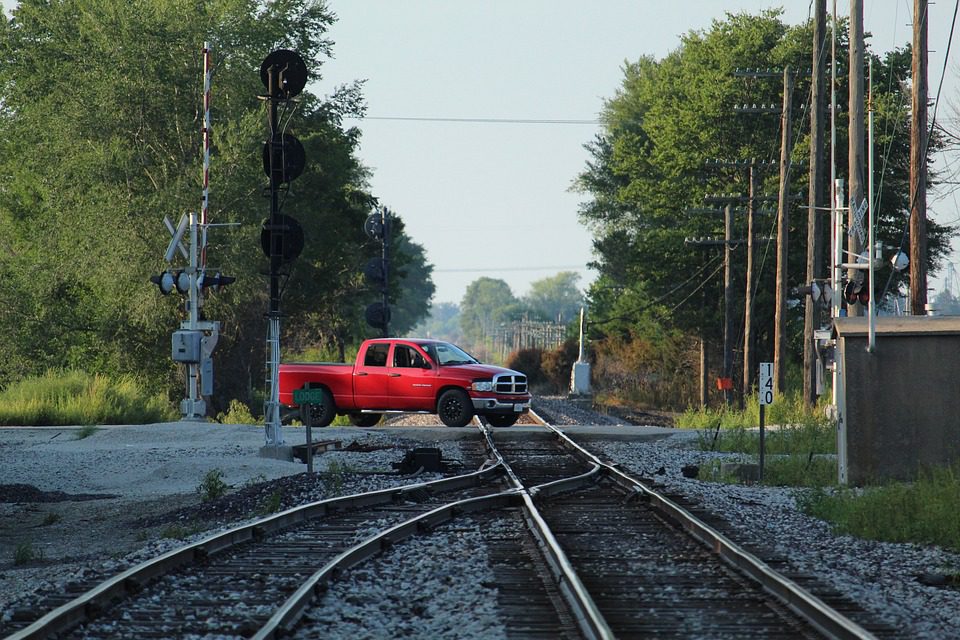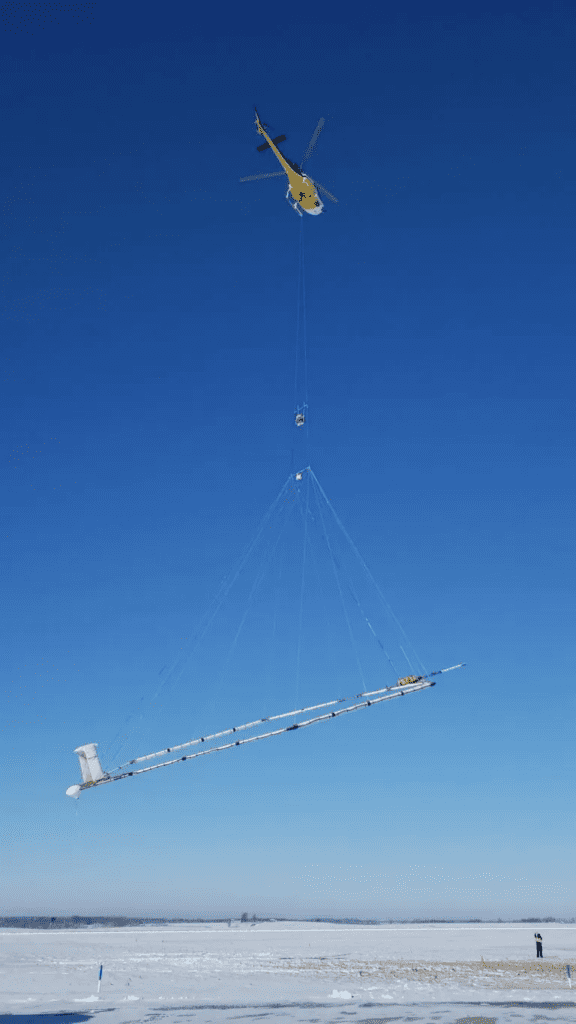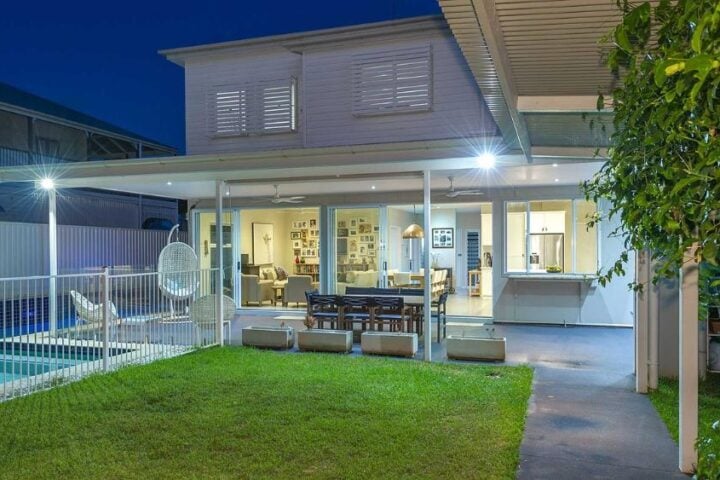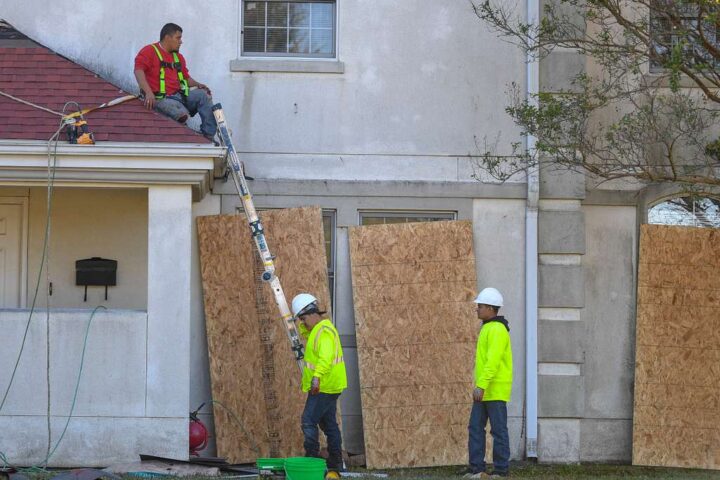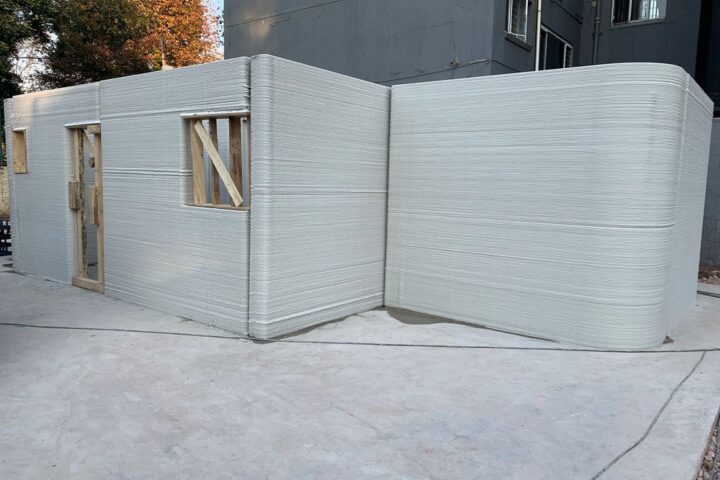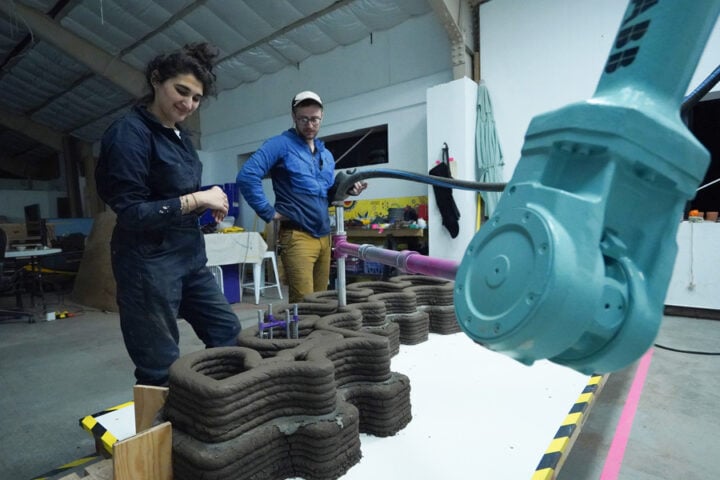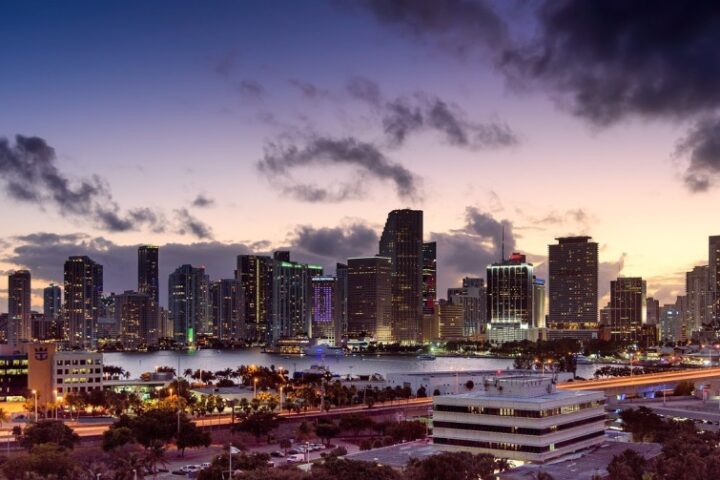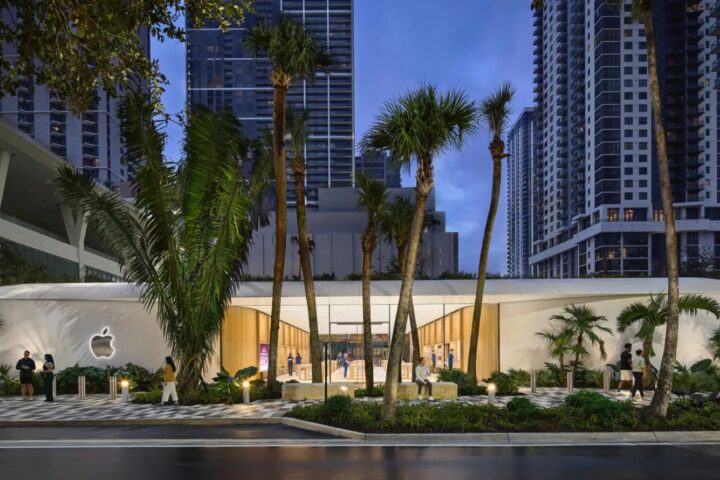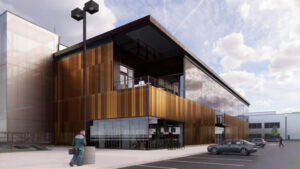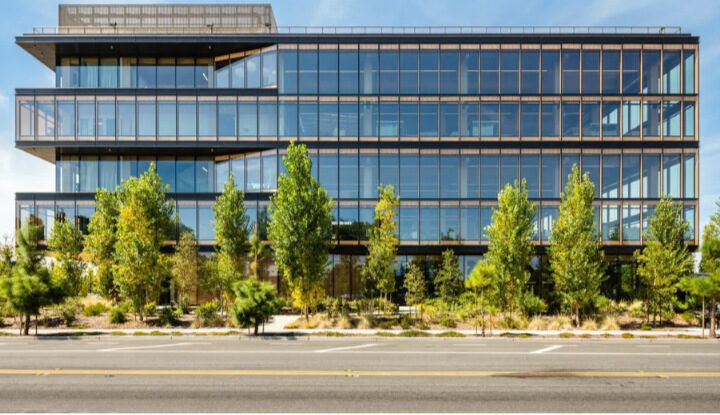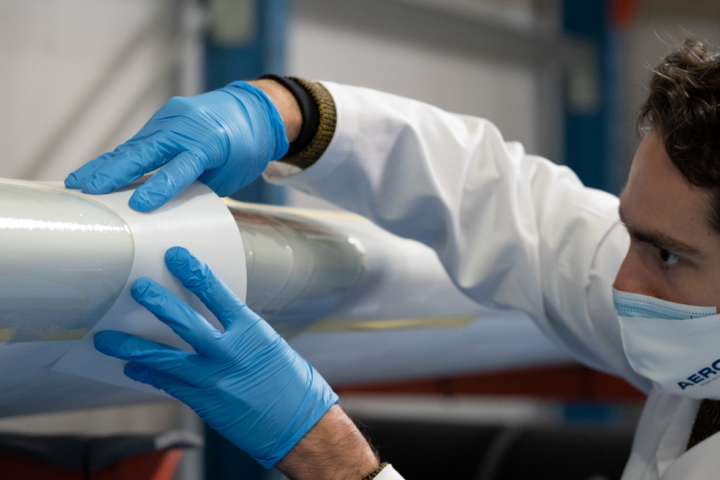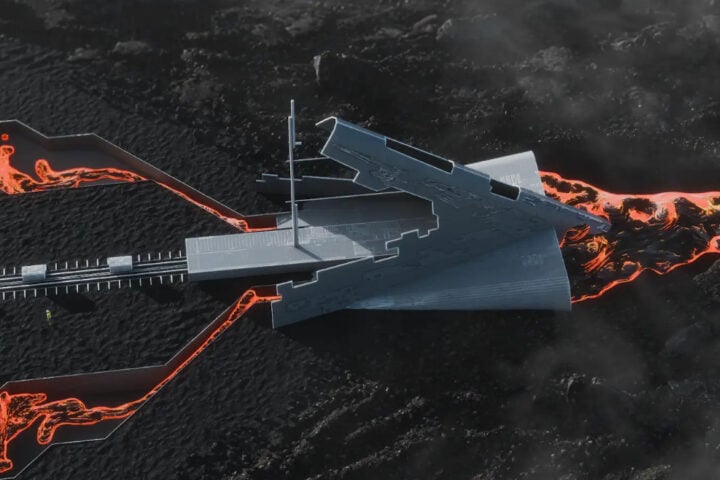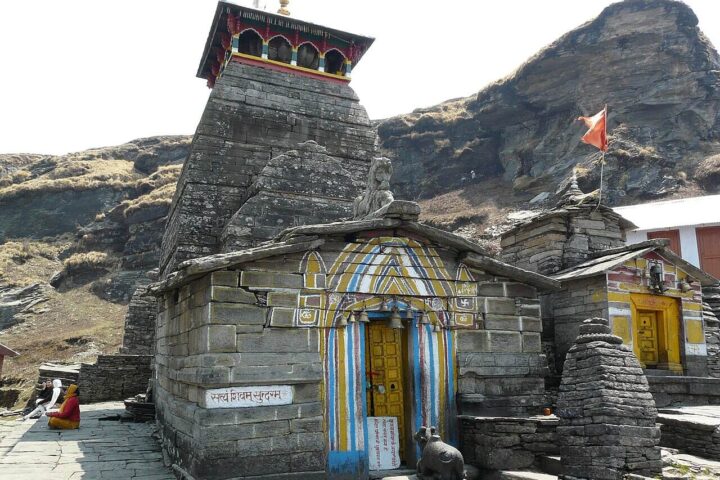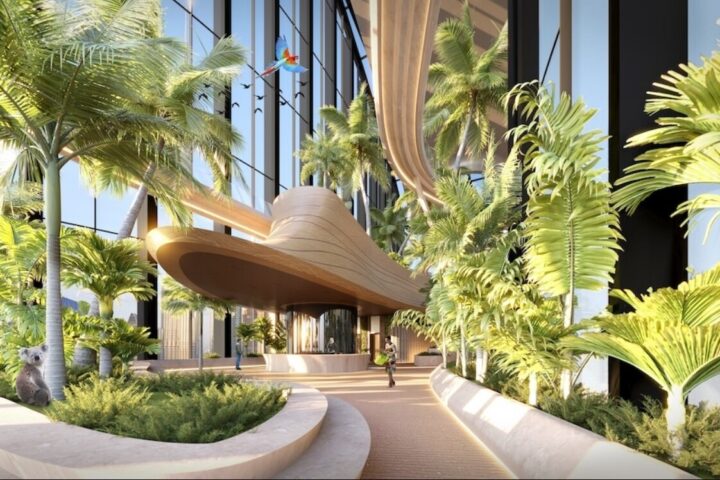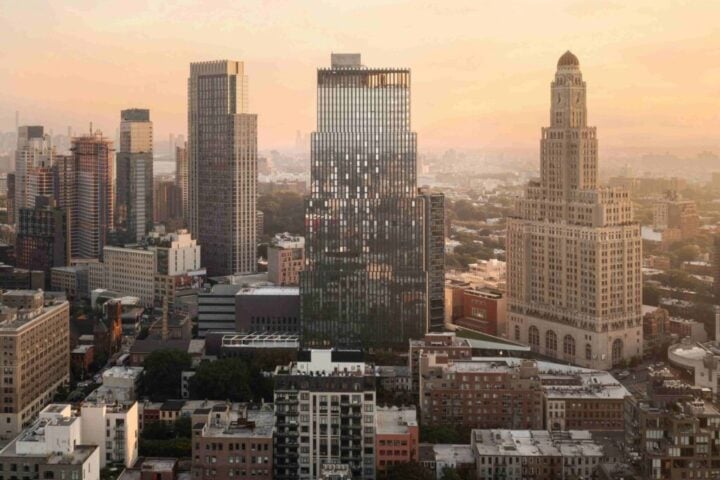A Japanese startup called N-Ark wants to build a floating city that uses cool sea water to power its computer centers and provides advanced medical care. Experts from different fields have been brought together to make this idea a reality. The city, called Dogen City, is a response to climate change and population growth. It will be built in Hamamatsu City, which is a port near Tokyo. N-Ark has partnered with the city government, the Hamana Fisheries Cooperative Association, and a construction company called Shimizu to demonstrate the technology needed for the floating city.
The company believes that the effects of climate change require us to develop the ocean as a new economic area. To do this, they want to create three industries: a maritime city that can adapt to climate change, underwater data centers, and a tourism industry that connects space, the sea, and the land.
Dogen City will cover an area of 390 acres and will have a “no-illness” neighborhood that can accommodate 40,000 people, including 10,000 permanent residents and 30,000 tourists. It will function as a floating city during peaceful times but can transform into a self-sufficient island if there is a natural disaster. The city will have a circular layout, like a floating disc, and will include public housing, medical research centers, food production facilities, and even special launch sites for rockets.
The city will have three main components. The first is a “habitable ring” that will provide essential living infrastructure. It will be circular with a circumference of about 4 kilometers and enough space for 10,000 people. Data centers will be used to balance the floats and run the city’s operating system, including tasks like healthcare data analysis and pharmaceutical research. The inner rings of the city will be relatively sheltered and will have schools, parks, hotels, and offices like a regular city.
The city’s infrastructure will be able to produce 2 million liters of drinking water, 7,000 tons of food for consumption. A large solar power system will be setup to run the city’s systems and data centers. N-Ark describes Dogen City as a “medical city on the sea.” Computers in the city will analyze residents’ genetic information, blood samples, and bodily performance to accurately assess their health and provide advanced medical care like remote robotic surgery.
Similar Post
N-Ark has not provided details about the cost or timeline for building the floating city, but they hope to have it completed by 2030.The city will have a ring-shaped area that protects the inner bay from tsunamis and rising sea levels. There will also be an underwater data center that offers various services like managing the city, analyzing healthcare data, and conducting drug research. The data center will use the surrounding water for cooling to save energy.
The floating architecture of the city will have the ability to move within the bay, allowing the island to adapt to different functions or changing climate conditions. In terms of healthcare, residents of Dogen City will have access to telemedicine, monitoring their health using wearable devices, blood tests, and even genome analysis. Medical tourism will bring significant income to the city’s economy.
Some parts of the island will focus on seawater agriculture and aquaculture complexes for food production. Additionally, Dogen City could serve as a safe place for people affected by natural disasters or climate change, providing refuge when needed.
